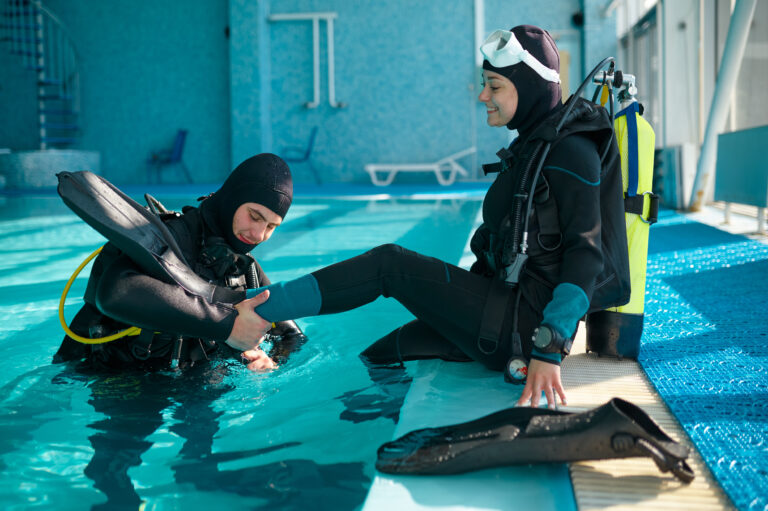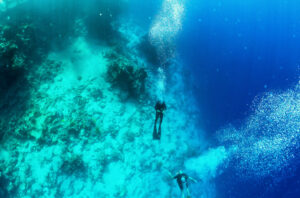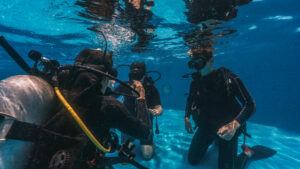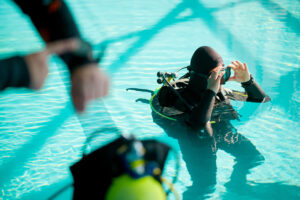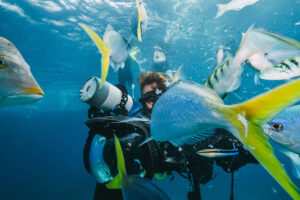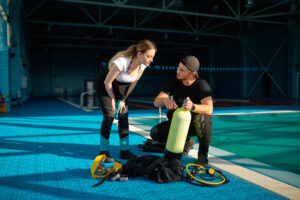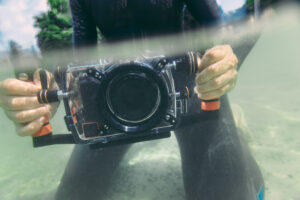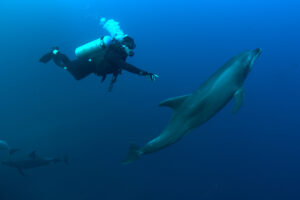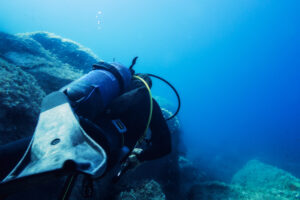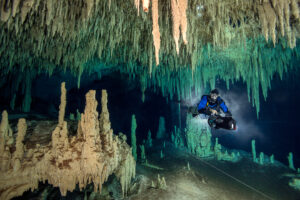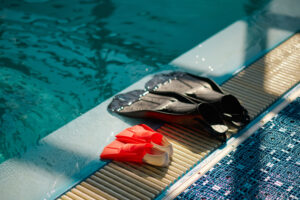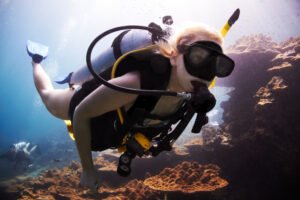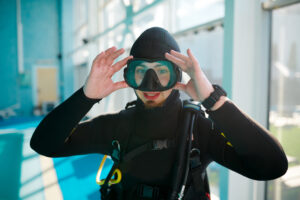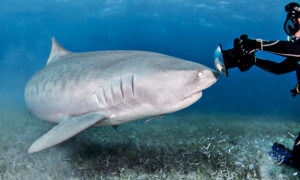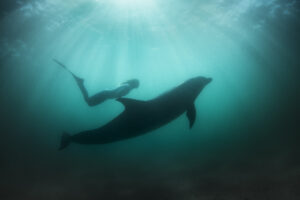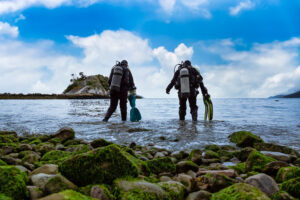What is Scuba Orienteering?
Scuba orienteering, a competitive underwater sport, marries the thrill of scuba diving with the intellectual rigor of navigational challenges. Participants in this sport traverse an underwater circuit delineated by buoys without surfacing, utilizing tools such as a compass and mechanical distance measurement devices to guide their path. Competitors are scored based on time and accuracy according to the specifications of the course and its length. This sport tests the diver’s physical endurance, navigational skills, and understanding of scuba diving principles in an intense, dynamic environment.
History and Development
The roots of scuba orienteering are tied intrinsically to the advent and evolution of scuba diving technology. As divers became more proficient and their equipment more advanced, the desire for new challenges and ways to apply these skills emerged. The sport began to gain traction in the mid-20th century, roughly parallel to the commercial availability of reliable underwater navigational tools.
The concept of orienteering, derived from land-based navigation competitions, was adapted to the underwater world, creating an enticing new sport for divers seeking to test their skills in an unfamiliar setting. Over the decades, scuba orienteering has grown in popularity, with clubs, regional competitions, and even international championships taking place in numerous countries worldwide.
Equipment and Tools
Scuba orienteering requires standard scuba diving gear, including a diving suit, mask, fins, buoyancy control device (BCD), and a diving tank filled with a breathable gas, typically air or nitrox. Two critical navigational tools are also necessary: a reliable underwater compass and a mechanical distance measurement device, often a calibrated reel or line counter.
The underwater compass operates much like its surface equivalent, providing cardinal directionality. However, it’s specially designed to function in a 3D underwater environment. Meanwhile, the mechanical distance measurement device helps divers keep track of the distance they’ve covered, essential for charting a course when visibility is limited.
Rules and Scoring
The rules of scuba orienteering are generally uniform, with minor variations depending on the organizing body. The primary goal is to navigate a predefined underwater course marked by buoys as quickly and accurately as possible without surfacing. The course can vary in complexity, with some simple circuits and others incorporating various twists and turns.
Scoring in scuba orienteering is based on a combination of time and accuracy. Points are deducted for errors such as deviating from the course, surfacing before completion, or failing to touch a buoy. The diver with the highest score—reflecting the most accurate navigation in the shortest time—wins.
Skills and Techniques
Scuba orienteering requires a unique blend of skills. Participants must be competent divers with a firm grasp of safety procedures, decompression principles, and emergency protocols. They must also be physically fit, as the sport can be physically demanding.
Navigational expertise is equally crucial. Divers must be able to read and interpret their compass accurately, often in challenging conditions with limited visibility. They also need to calculate distances underwater accurately, which can be complicated by factors like water currents and the need to avoid underwater obstacles.
Training and Safety
Training for scuba orienteering generally involves both physical conditioning and navigational drills. Divers may practice swimming long distances with full gear, often in a pool before moving to open water. Navigational drills might involve following a set course using a compass and distance line, with increasing complexity as the diver’s skills improve.
Safety is paramount in scuba orienteering, as in all scuba activities. Divers must monitor their air supply closely and avoid dangerous rapid ascents. Regular equipment checks are essential to ensure all gear is functioning correctly.
Competitions and Organizations
Scuba orienteering competitions take place at local, regional, national, and international levels, with events typically held in calm, clear bodies of water to ensure the safety of the participants. Some of the most prestigious competitions are hosted by international diving organizations like the World Underwater Federation (CMAS) and its member organizations.
These competitions often feature different categories based on the participant’s experience, age, and sometimes gender. They may include individual and team events, with team events requiring additional cooperation and coordination among team members.
Several organizations are dedicated to promoting and regulating the sport. The International Underwater Orienteering Commission, a part of CMAS, is a significant governing body that establishes rules, organizes championships, and works to develop the sport globally.
Future Prospects
Scuba orienteering has shown consistent growth since its inception, reflecting the increasing popularity of scuba diving and adventure sports. Advances in technology, such as more accurate navigational tools and safer, more comfortable diving equipment, are likely to facilitate greater participation and potentially more challenging courses.
The sport is also likely to benefit from increased media coverage and visibility, particularly through online streaming platforms and social media. This greater visibility could help to attract new participants and audiences, further driving the growth and development of the sport.
Key Takeaways
Scuba orienteering is a unique sport that combines the thrill and challenge of scuba diving with the intellectual rigor of navigational tasks. It requires a blend of physical fitness, diving skills, and navigational expertise. As the sport continues to grow in popularity, it offers exciting opportunities for divers looking for new challenges and a unique way to enjoy the underwater world. With its mix of physical demands and mental challenges, scuba orienteering stands as a testament to the diverse possibilities of scuba diving, pushing the boundaries of what can be achieved beneath the waves.

